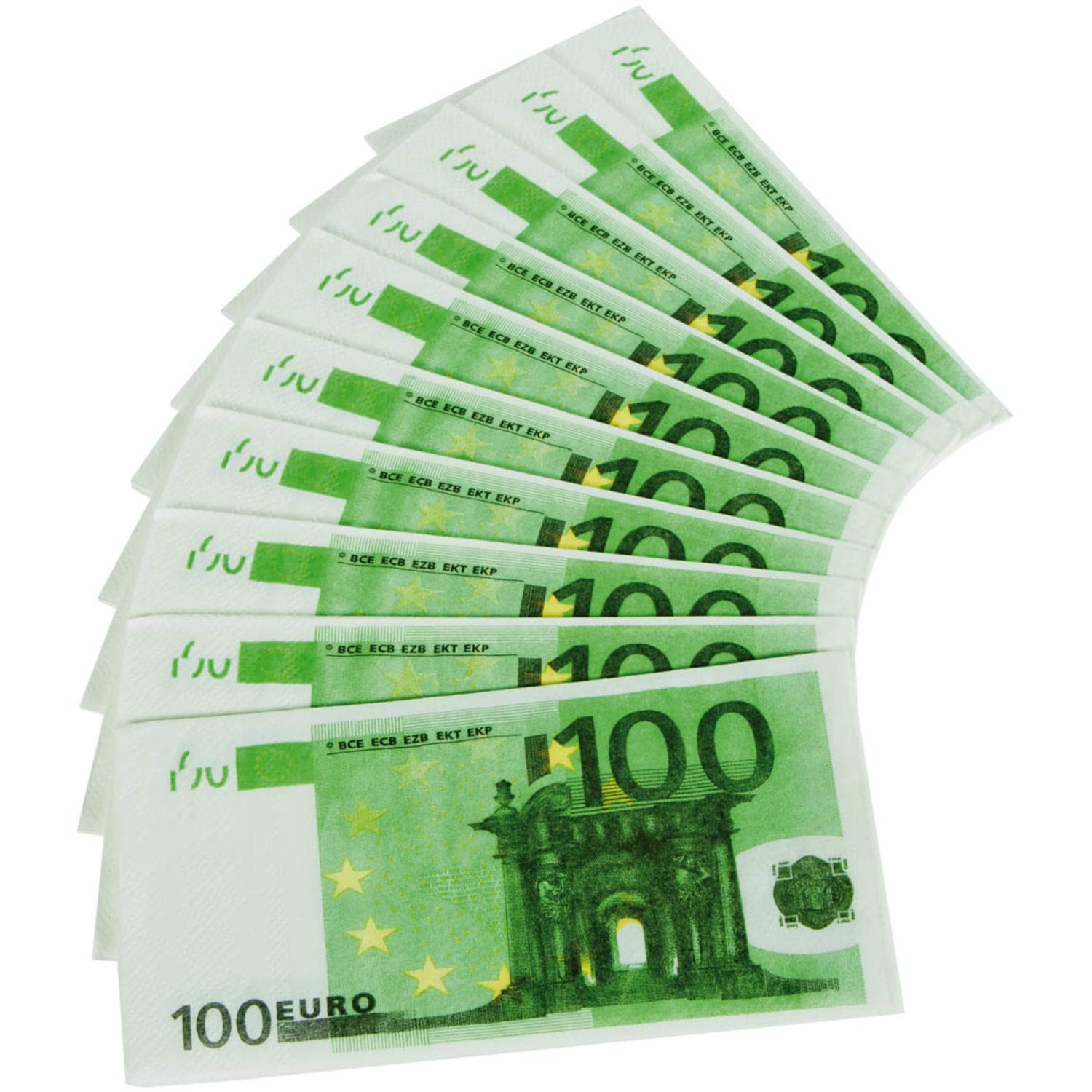Ten Pinterest Accounts To Follow Order Counterfeit Money

The Dangers of Counterfeit Money: Understanding the Risks and Consequences
In a progressively cashless society, using physical currency may appear out-of-date to some, yet counterfeit money stays a relentless issue that impacts people, companies, and economies worldwide. The sophistication of present counterfeiting techniques has only grown, making it important for customers and company owner to educate themselves about the threats, recognition approaches, and legal repercussions of counterfeit currency. This post explores the complexities of counterfeit money, outlines the steps one can require to safeguard versus it, and responses regularly asked concerns about this appropriate subject.
Comprehending Counterfeit Money
Counterfeit money describes currency that has been produced unlawfully with the intent to deceive. Counterfeiters use different techniques to reproduce banknotes and coins, frequently using top quality printing innovation and elaborate styles that mimic real currency. While the primary motive behind producing counterfeit currency is monetary gain, the ramifications extend beyond simple theft; they can destabilize economies, disadvantage honest organizations, and result in severe legal repercussions for those involved.
The Impact of Counterfeit Money
Economic Consequences: When counterfeiting ends up being widespread, it can result in inflation, a reduction in currency worth, and total distrust in the country's financial system. This distrust can lead to customers keeping their cash or opting for alternative forms of deals, which can even more harm the economy.
Effect on Businesses: Businesses, particularly small ones, are frequently struck hardest by counterfeit currency. Accepting fake notes can cause substantial financial losses and even bankruptcy. Additionally, counterfeiting can damage a company's reputation; consumers might be less ready to trust brand names that succumb to counterfeiting plans.
Legal Repercussions: Unwittingly accepting counterfeit money does not get rid of liability from individuals or companies. The law generally requires that those who possess counterfeit currency need to report it to authorities, as intentionally handling fake money can lead to criminal charges.
How to Recognize Counterfeit Money
Recognizing counterfeit money is essential for safeguarding oneself from monetary loss. Here are some efficient methods to recognize fake currency:
Examine the Print Quality: Genuine currency has a specific texture, color, and print quality that can be tough to replicate. Examine banknotes for smudging or blurring, which may show counterfeiting.
Look for Watermarks: Most modern-day banknotes contain watermarks that are challenging to duplicate. Hold the expense up to the light to see if the watermark is present and clear.
Examine the Security Thread: Real banknotes have embedded security threads, usually noticeable when held up to the light. Falschgeld im Darknet kaufen might lack these functions, or they may be improperly reproduced.
Utilize a UV Light: Many currencies have elements that fluoresce under ultraviolet light. Checking these features can assist in identifying the credibility of a banknote.
Feel the Texture: Authentic currency is printed on a specific kind of paper that feels various from routine paper. Rubbing your fingers over the expense can help you determine its authenticity.
Tips to Protect Against Counterfeit Currency
To minimize the risk of falling victim to counterfeit money, individuals and businesses can implement the following procedures:
Educate Employees: Regular training sessions on how to discover counterfeit money can be beneficial for employees, particularly those in retail settings.
Use Detection Tools: Invest in counterfeit detection devices such as UV lights, pen testers, or digital note validators that can accurately check currency credibility.
Maintain a Close Eye on Transactions: Encourage vigilant tracking of money deals and screens for potential counterfeit notes.
Legal Aspects of Counterfeit Money
Participating in the production, circulation, or usage of counterfeit currency is against the law in essentially every country. Legal consequences can include significant fines and imprisonment. Government companies, such as the U.S. Secret Service, actively examine counterfeit money operations, and individuals condemned of involvement in counterfeiting may face extreme penalties.
Regularly Asked Questions (FAQs).
1. Is it prohibited to unconsciously accept counterfeit money?
Yes, while it might not be a criminal charge to accept counterfeit currency unintentionally, there is an obligation to report the counterfeit to authorities. Failure to do so can cause civil liabilities.
2. What should I do if I receive counterfeit money?

If you think you have actually received counterfeit money, do not try to invest it. Instead, report the event to regional police or your nation's monetary authority. In addition, document the information of the deal and where you got the currency.
3. Are there particular currencies that are more typically counterfeited?
Yes. The U.S. dollar is the most widely counterfeited currency worldwide, but other currencies like the euro, British pound, and Indian rupee have actually also been counterfeited extensively.
4. How can I ensure my business isn't accepting counterfeit money?
Train your employees on recognizing counterfeit notes, buy detection technology, and carry out strict cash-handling practices.
5. What can I do to spread awareness about counterfeiting?
Sharing details through workshops, community boards, or social media platforms can educate others about the threats and avoidance techniques connected to counterfeit currency.
Conclusion.
Counterfeit currency presents considerable dangers not simply to private consumers however likewise to services and the economy as a whole. Comprehending how to recognize fake currency, recognizing the further ramifications of counterfeiting, and taking proactive steps can minimize dangers. Awareness and alertness can make a substantial distinction as we continue to browse a world where counterfeit money stays a hazard to financial integrity. By equipping themselves with understanding and tools to combat counterfeiting, people and businesses can protect themselves and contribute to a more protected financial environment.
